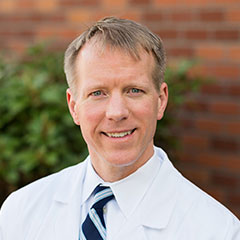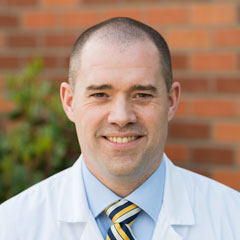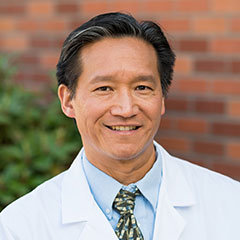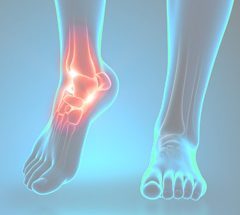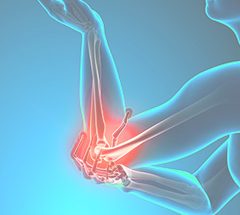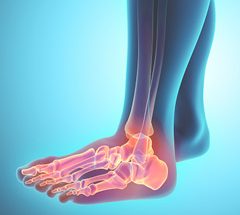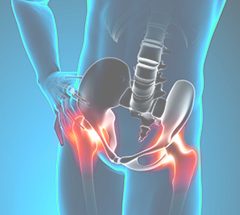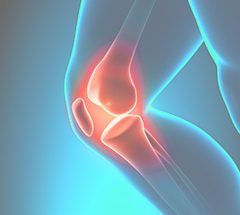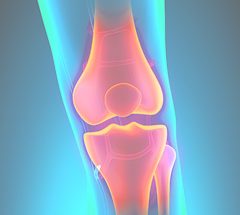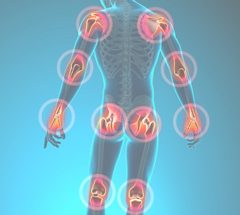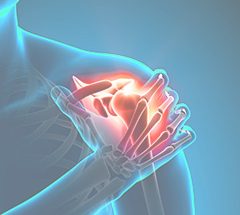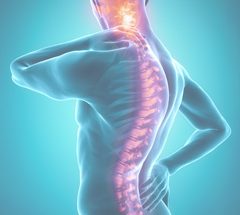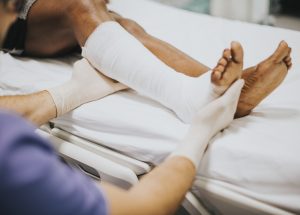Lateral Interbody Fusion
Learn what is involved in a minimally invasive lateral interbody fusion (LIF) of the lower back
A minimally invasive LIF is a procedure in which two or more vertebrae in the low back are “fused” together to create a solid bridge of bone between the vertebrae and across the disc space.
A fusion is usually performed to eliminate movement between vertebrae and stabilize a painful or unstable segment of the spine. Once a segment of the spine is stabilized, the patient usually experiences relief of pain. Surgery is not recommended unless there is a 70% chance or better of improving your level of pain. This improvement does not necessarily mean that you will be completely pain-free, but rather that your level of pain should be significantly improved.
Will I lose mobility once a portion of my spine becomes solid bone?
It depends in part on how much of the spine is fused. The spine will not move as much but you may not notice it, as it is only a small amount. When you to bend over at the waist, the motion occurs mostly at the hips. Many patients realize an improvement in their range of motion because the pain that prevented them from moving before the surgery actually improves after the procedure. There are patients who have their entire spine fused yet are still able to touch their fingertips to the floor.
What happens during a LIF?
At the hospital you are given a general anesthetic to put you to sleep. Once you are asleep, padding is placed between your body and the table and you are carefully positioned on your side.
A small one-inch incision is made over your side and a nerve probe is inserted onto the outside of your disc to safely avoid the nerves. A series of dilators are then placed and a tube-shaped deployable retractor is inserted. Once the retractor is placed, your surgeon will then remove the disc between the two vertebrae to be fused.
The bone on the exposed part of your spine is then roughened up. This enables the bone to have a better surface area with which to bond. The surgeon then places the bone graft into a spacer then places both closely against the roughened bony surfaces. It is this combination of bone graft material with a raw bony surface that stimulates the bone to form a solid piece of bone (fusion).
You will be asked to take calcium and vitamin D for at least six months after the procedure to further enhance the bony healing.
Why are screws, plates and rods used in my spine?
Screws, plates and rods (also known as “hardware” or spinal instrumentation) are used to stabilize the spine in order to enhance the healing process. Spinal instrumentation acts as an internal splint. Historically, braces or casts were used. However, research has found that they are not as effective in immobilizing the spine.
If too much motion occurs the vertebrae may not fuse together. This is known as a pseudoarthrosis or non-union. The incidence of pseudoarthrosis ranges from 10% to 40% without spinal instrumentation. Screws, plates and rods have been shown to significantly decrease the rate of non-union. Once the fusion process is completed, it is the fusion that stabilizes the spine and not the hardware.
Benefits of the screws, plates and rods:
- They help correct deformity and malalignment of the spine.
- They give immediate stability and earlier relief of pain.
- They give rise to a higher fusion rate than non-instrumented fusions.
Does smoking have an effect on the outcome of my fusion?
Research shows that the healing rate is greater than 90% in non-smokers and less than 50% in smokers. Many are reluctant to perform a fusion in patients who smoke because of the higher rate of non-union, infection, and other medical complications. Physicians have also found that in smokers it is sometimes necessary to go in through the side (lateral) and the back (posterior) of your spine in order to obtain a successful fusion. If you smoke, be prepared to discuss the situation in detail with your physician.
What will my hospital stay be like?
The nurses and doctors at the hospital will ask you questions regarding your medical history. Please bring a list of medications that you are currently using. Prior to your surgery, you will meet your anesthesiologist (doctor who will put you to sleep and monitor you during the procedure) and have your IV initiated.
After surgery you will wake up in the recovery room where you will remain for about one to two hours. There may be a catheter in your bladder. The catheter is usually removed on the day after surgery. Due to the anesthesia and medications, many patients have a poor recollection of this time period.
We will try very hard to keep you as comfortable as possible with IV and oral pain medications. You will be able to control the amount of pain medication you receive by using a small push button called a PCA (Patient Controlled Analgesia). You can push the button as often as you need —the machine will control the dose.
The combination of narcotics, anesthesia, and spine surgery may cause you to experience some nausea. About 20% of our patients are fairly nauseated within the first 24 hours. This problem is usually resolved by the third day.
We encourage you to get out of bed with the help of your nurse or therapist on the day of surgery. We insist that you walk and move as soon as possible. There are lower incidences of lung, bladder, and vascular complications when patients are mobilized earlier.
When can I go home and what will I be able to do?
You may go home once your pain is controlled with pills and your bowel and bladder are functioning normally. Most patients are ready to go home by the first or second day after surgery.
During the first few weeks following discharge, we encourage you to begin walking for one half hour to two hours each day in divided intervals. You should wear your brace for the first three months following surgery while you are standing and walking. You do not need to wear your brace when you sleep or shower. You should be able to go up and down stairs and perform basic daily activities without too much difficulty.
For the first three months following surgery, you should avoid excessive bending or twisting at the waist since this increases the stress across the fusion site. A general rule of thumb is to not bend over more than “your nose over toes.” It usually takes a minimum of three months for the fusion to occur. Patients should wear their brace as instructed for this entire time period.
The timeframe in which you can return to work depends on your recovery. Each patient has a unique set of work-related issues, which will need to be discussed with your physician.
The first office visit should be scheduled at approximately two weeks from the date of your surgery. The purpose of this visit is to check your incision and make sure you are progressing as planned. The subsequent visits are typically scheduled at six weeks and three, six, 12, and 24 months after surgery. Your doctor will tell you the dates you should follow-up. During each visit, the status of your fusion is assessed. Your physician will prescribe a rehabilitation program based on your specific needs.
What is your overall philosophy regarding LIFs?
A minimally invasive LIF is generally an elective surgery. Therefore, it is your choice to proceed based on your current level of discomfort and disability. We recommend that you do not have surgery if you can live with your current level of pain or can make changes in your lifestyle to decrease the pain. If you have made a valiant effort and the pain still persists, surgery should be your next step.
The rate of surgical success varies greatly depending on your exact problem, overall health, and the magnitude of surgery necessary. We hope that by providing you with as much information as possible about the surgery, you can determine if the pain you are experiencing is worth the risk of surgery.


